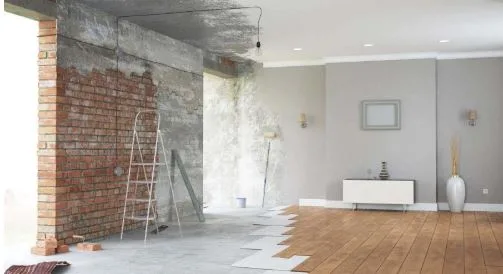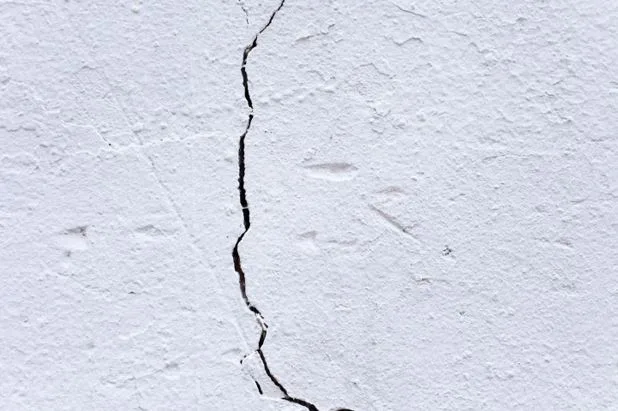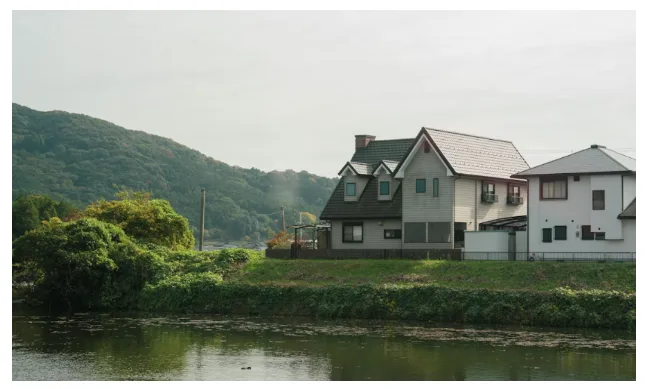How to Maximize Energy Efficiency During Your Home Renovation
Renovating your home is the perfect chance to make it more comfortable, modern, and energy-efficient. With the right choices, you can cut energy bills, keep rooms at a steady temperature, and create a healthier space for your family. The best part? Many upgrades are simple, affordable, and long-lasting.
Energy-efficient renovations not only save money but also help protect the planet. From insulation to smart gadgets, every improvement makes a difference. This guide will show you how to plan smart, choose the right materials, and make upgrades that boost comfort while lowering energy use.
Plan Your Renovation With Efficiency in Mind
Planning your renovation with efficiency in mind is the first step to creating a home that saves energy and money. Before tearing down walls or selecting new appliances, it’s important to consider how each decision affects your energy use.
A well-thought-out plan not only keeps your budget on track but also makes your home more comfortable and sustainable; especially when working with an expert in nyc home renovation.
Set Clear Energy Goals
Start by deciding what “energy efficiency” means for your home. Are you looking to lower your electricity bills, reduce heating costs, or make your home more eco-friendly? Knowing your goals helps you focus on the upgrades that will have the biggest impact. It also makes it easier to measure success after the renovation is complete.
Get an Energy Audit
Before making changes, consider getting an energy audit. A professional can identify where your home is losing heat or wasting electricity. This gives you a clear picture of what needs the most attention, whether it’s old insulation, drafty windows, or an outdated heating system. You’ll avoid spending money on changes that won’t make much difference.
Choose Upgrades Wisely
Efficiency isn’t just about the big projects—it’s about making smart choices. Focus on improvements that give the best long-term benefits, like better insulation, energy-efficient windows, or modern appliances. Even small changes, when done thoughtfully, can save you a lot over time.
Budget With Efficiency in Mind
Plan your budget so you can prioritize energy-saving upgrades without overspending. Think of your renovation as an investment: spending a little more upfront on quality insulation or a smart thermostat can save hundreds of dollars in energy bills later.
Improve Insulation and Air Sealing
Improving insulation and air sealing is one of the most effective ways to make your home energy-efficient. If your house loses heat in the winter or cool air in the summer, you’re wasting money on energy bills. Focusing on insulation and sealing drafts keeps your home comfortable year-round and helps you save big.
Insulate Walls, Attic, and Floors
Proper insulation acts like a blanket for your home. Adding insulation to walls, the attic, and even floors can dramatically reduce heat loss. The attic is especially important because a lot of warm air escapes through the roof. Well-insulated walls keep indoor temperatures steady, so your heating and cooling systems don’t have to work overtime.
Seal Gaps and Cracks
Even small gaps around windows, doors, and vents can let air slip in and out. Sealing these cracks with caulk or weatherstripping can make a noticeable difference. This simple step prevents drafts and ensures your home stays at a comfortable temperature without using extra energy.
Use Weatherstripping for Doors and Windows
Weatherstripping is an easy and affordable way to improve air sealing. By adding a barrier around doors and windows, you block leaks and stop conditioned air from escaping. Over time, this small upgrade can save money and reduce your home’s energy footprint.
Check Ventilation for Efficiency
While sealing your home, make sure ventilation isn’t blocked. Proper airflow is important for indoor air quality. Efficient vents paired with good insulation ensure that your home stays healthy, comfortable, and energy-smart.
Upgrade to Energy-Efficient Systems
Upgrading to energy-efficient systems is a smart way to lower your energy bills and make your home more comfortable. Old appliances, heating, and cooling systems can waste a lot of energy. By choosing modern, efficient options, you not only save money but also reduce your home’s environmental impact.
Choose Energy-Efficient Appliances
Appliances like refrigerators, washing machines, and dishwashers can use a surprising amount of electricity. Replacing old models with ENERGY STAR-rated appliances ensures they use less energy without sacrificing performance. Over time, this small change can add up to big savings on your monthly bills.
Upgrade Heating and Cooling Systems
Your HVAC system plays a major role in your home’s energy use. Older units may run inefficiently and cost more to operate. Installing a high-efficiency furnace, air conditioner, or heat pump keeps your home comfortable while using less energy. Pairing it with a programmable or smart thermostat can further optimize performance.
Switch to LED Lighting
Lighting is another area where upgrades make a difference. Replacing traditional bulbs with LED lights uses far less electricity and lasts much longer. You can brighten your home while saving money and reducing waste at the same time.
Consider Smart Home Devices
Smart devices like thermostats, lighting controls, and energy monitors help you track and manage energy use. They make it easy to turn off unused lights, adjust temperature settings, and see where energy is being wasted. Smart systems give you control and efficiency at the same time.
By upgrading to energy-efficient systems, your home becomes more comfortable, eco-friendly, and cost-effective. These improvements may take some upfront investment, but the energy savings and long-term benefits make it well worth the effort.
Use Eco-Friendly Building Materials
Using eco-friendly building materials is a smart way to make your home renovation energy-efficient and environmentally responsible. Choosing sustainable materials helps reduce waste, lower your carbon footprint, and create a healthier living space for your family.
Pick Sustainable Wood and Flooring
Opt for materials like bamboo, reclaimed wood, or cork for floors, cabinets, and furniture. These materials are renewable and durable, making them a long-lasting choice for your home. Using recycled or reclaimed wood also reduces the demand for new lumber, which helps preserve forests.
Choose Low-VOC Paints and Finishes
Traditional paints and finishes can release harmful chemicals into your home. Low-VOC (volatile organic compound) paints are safer, improve indoor air quality, and are better for the environment. They come in a wide range of colors, so you don’t have to compromise style for safety.
Install Energy-Efficient Windows
Windows play a big role in energy efficiency. Choosing double or triple-pane windows with proper insulation keeps your home warmer in the winter and cooler in the summer. They also reduce noise and improve comfort while lowering heating and cooling costs.
Reduce Waste with Smart Material Choices
Plan your renovation carefully to use materials efficiently and minimize waste. Salvage what you can and recycle leftover materials whenever possible. Thoughtful planning not only saves money but also supports sustainable building practices.
By using eco-friendly building materials, you make your renovation more sustainable and energy-efficient. These choices create a healthier home, reduce environmental impact, and complement other energy-saving upgrades, giving you a space that looks great and works smarter for years to come.
Conclusion
Maximizing energy efficiency during your home renovation is easier than you think. Small upgrades can bring big savings, better comfort, and a greener home. By planning wisely and choosing smart materials and systems, you create a space that feels great and works better for years to come.






